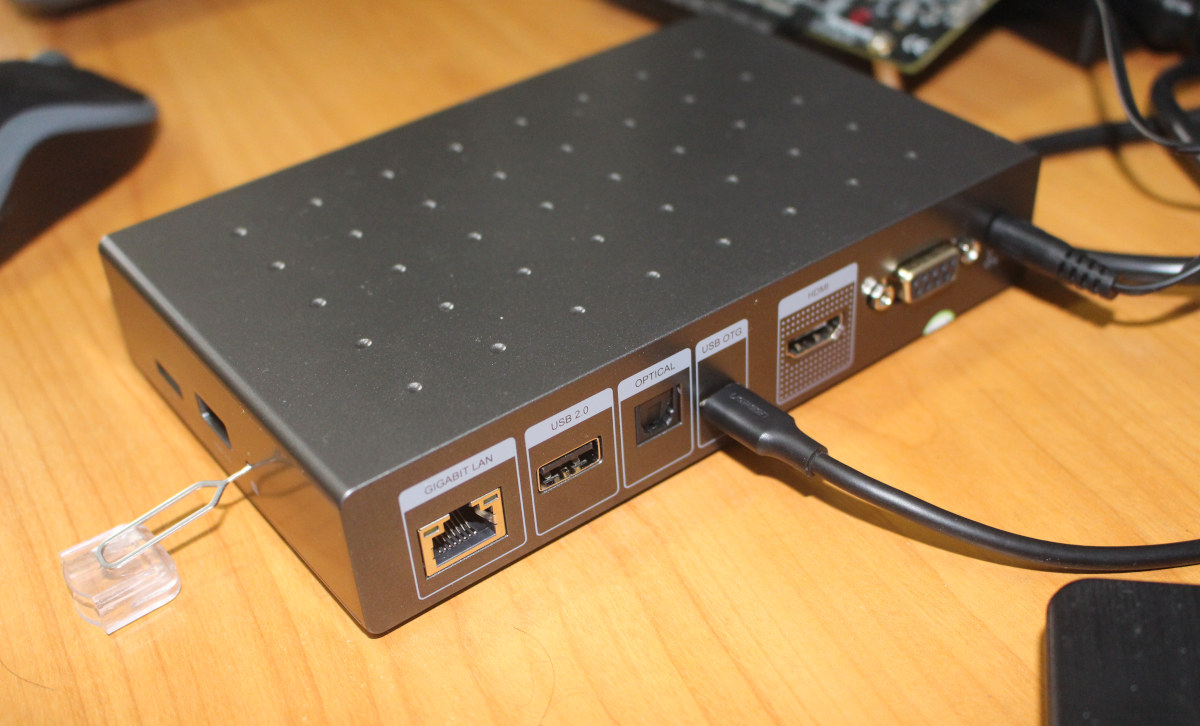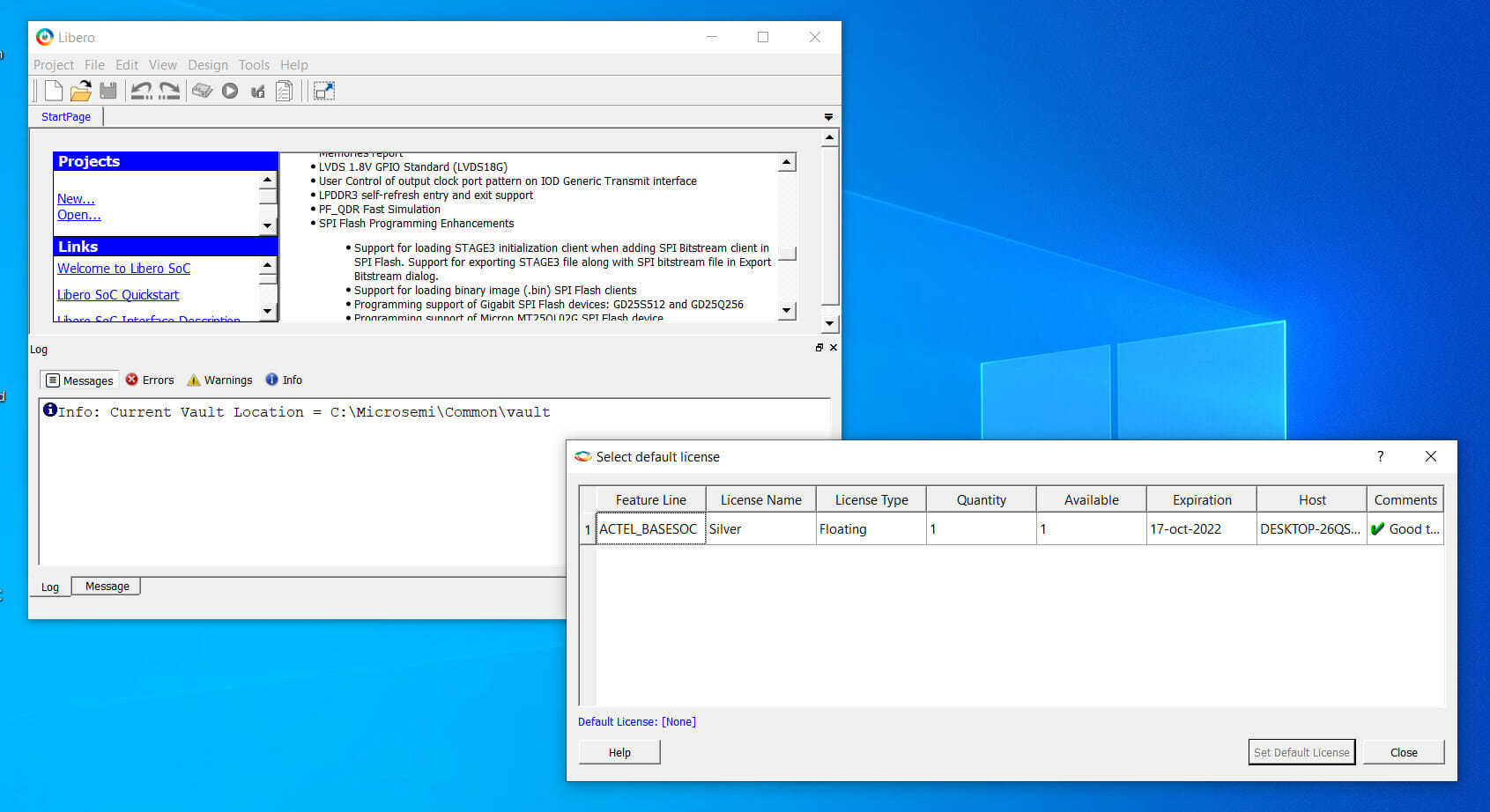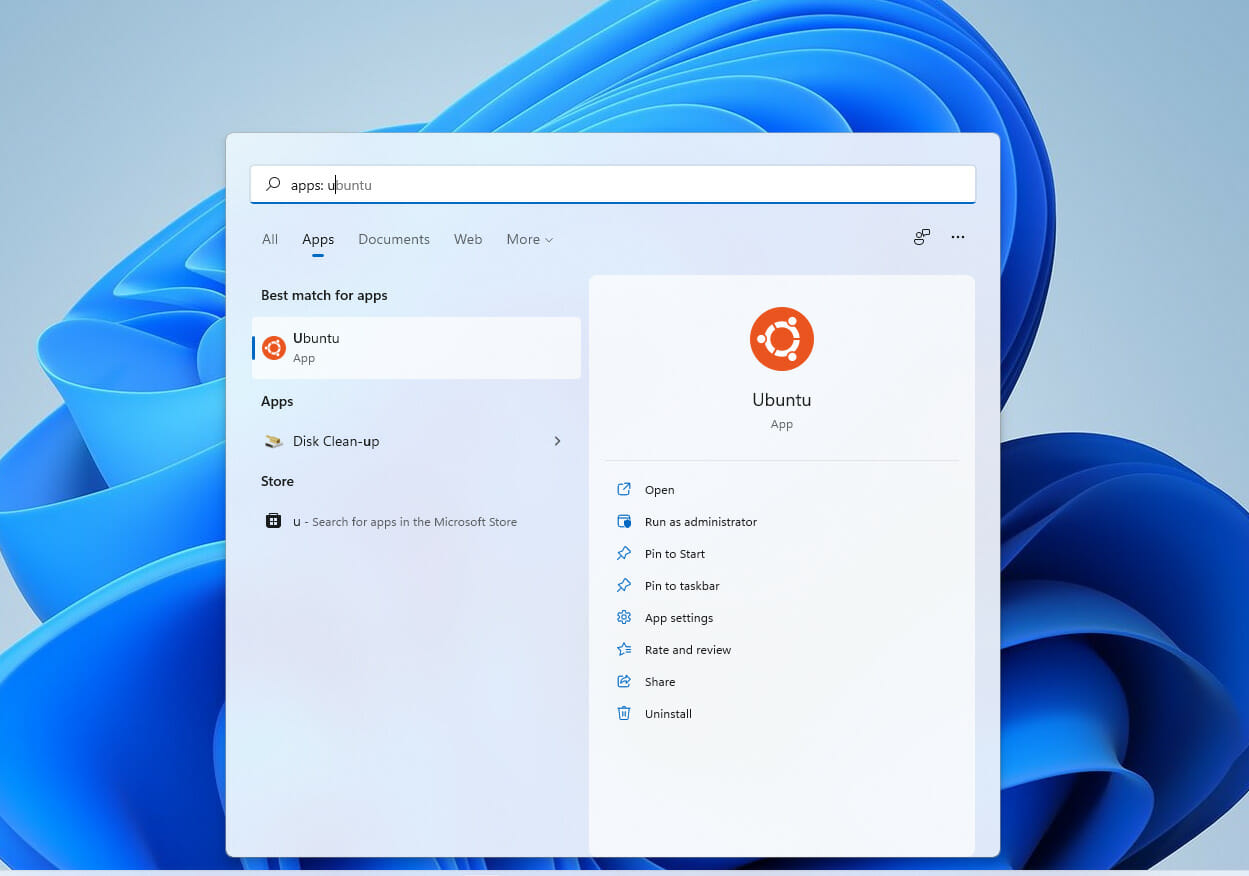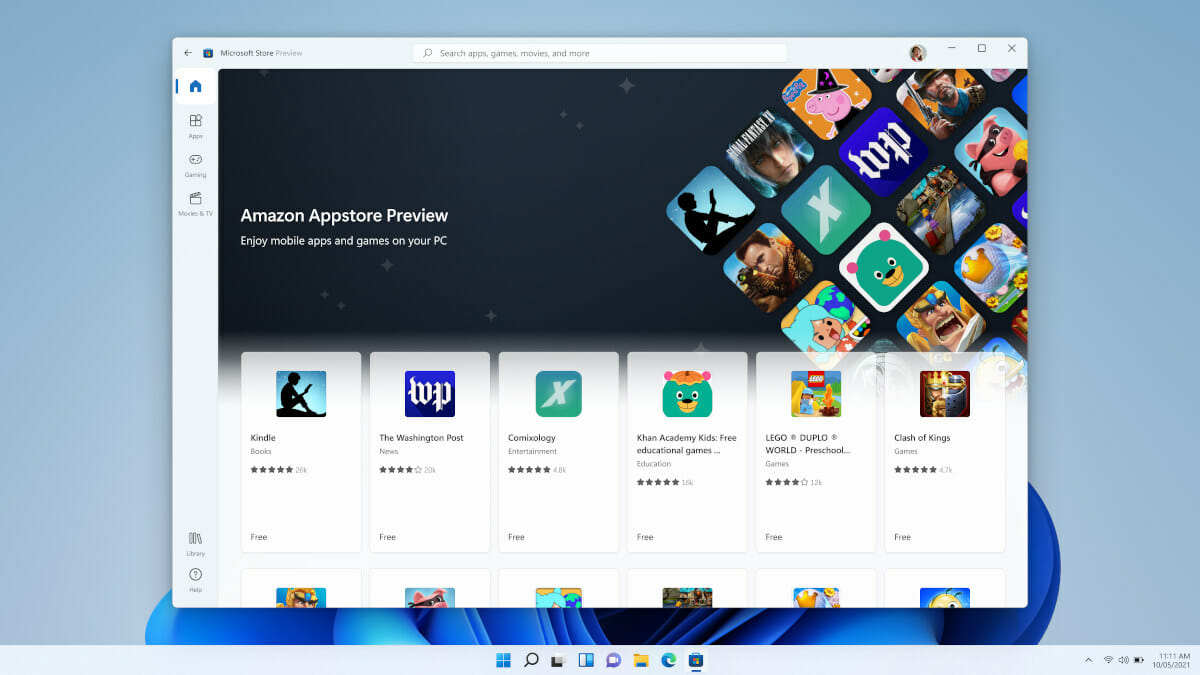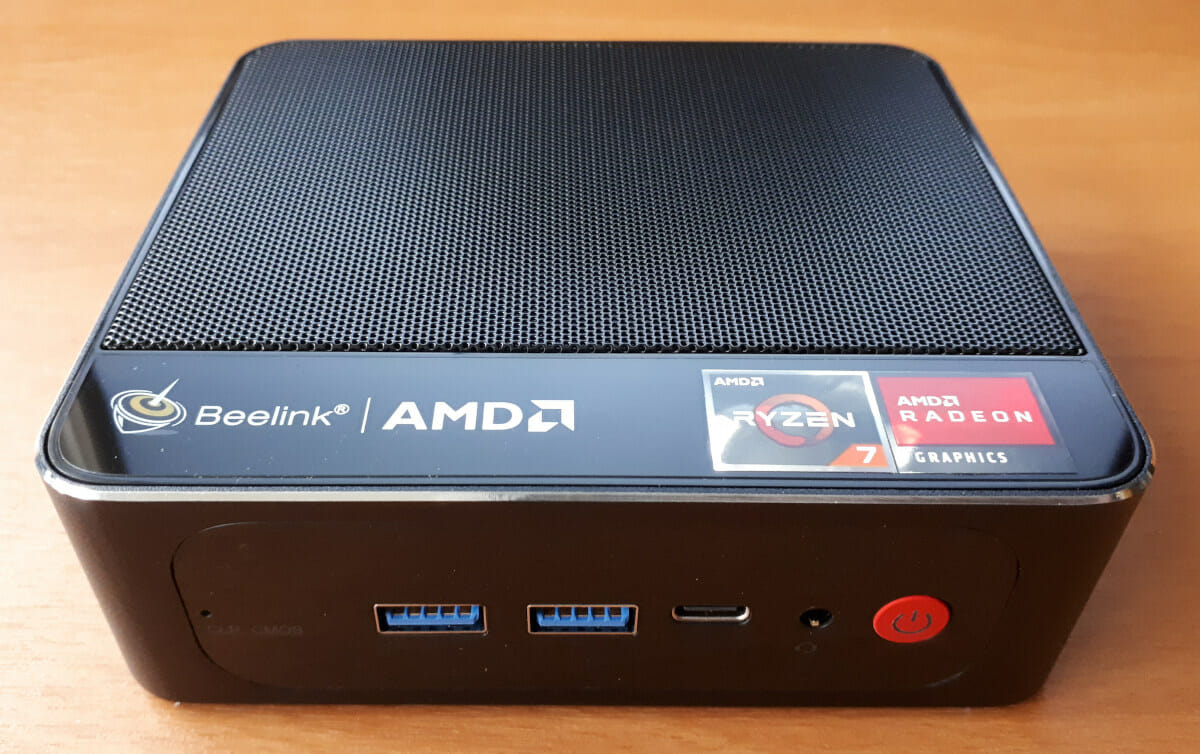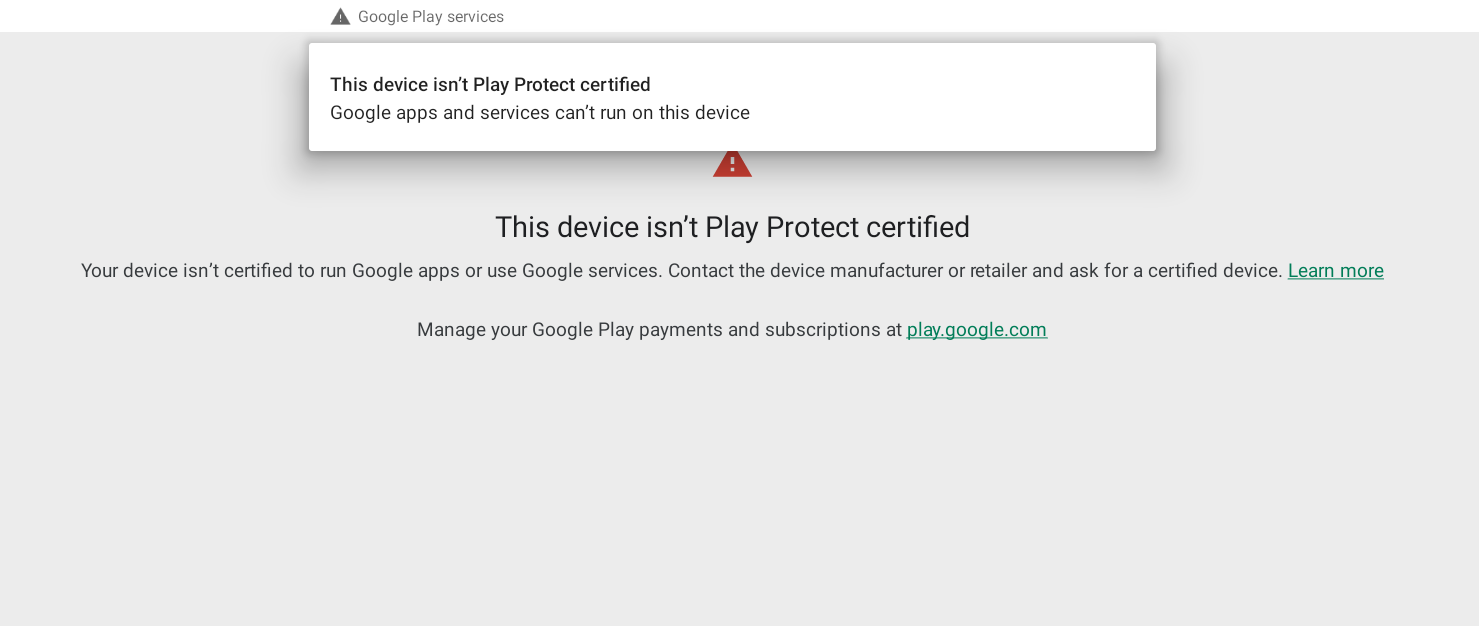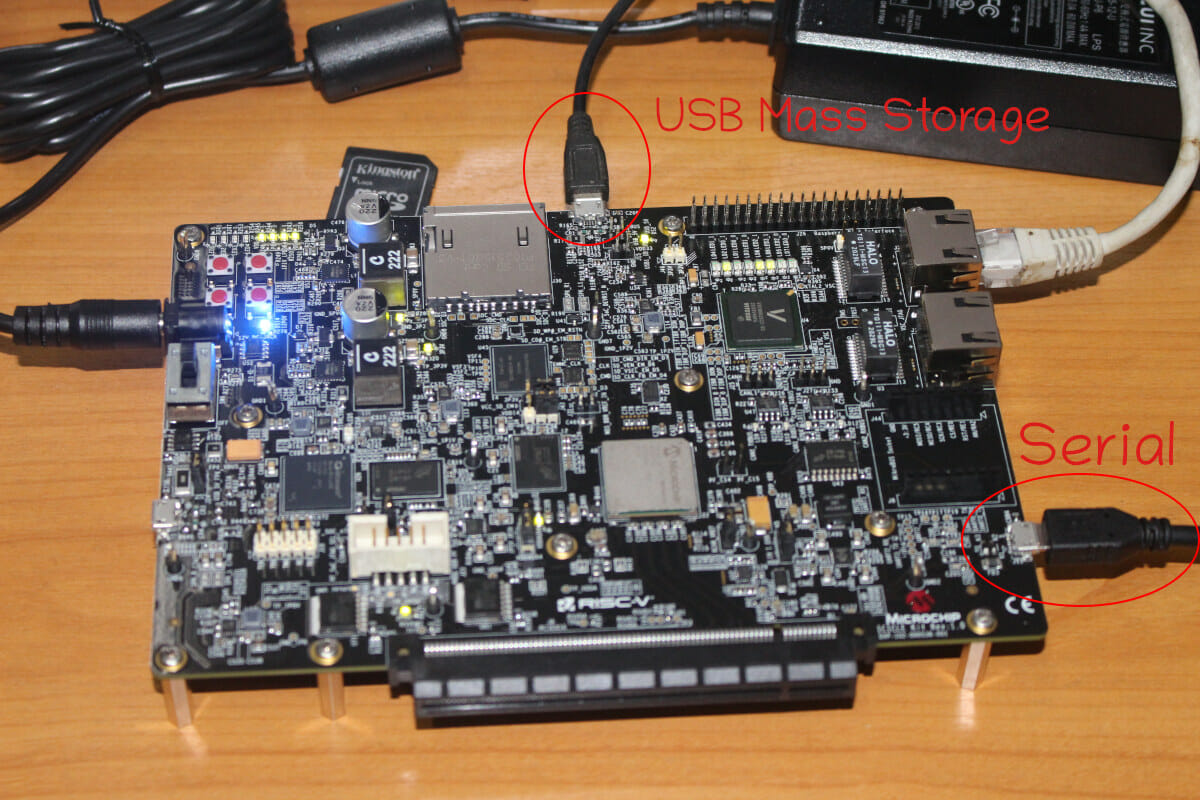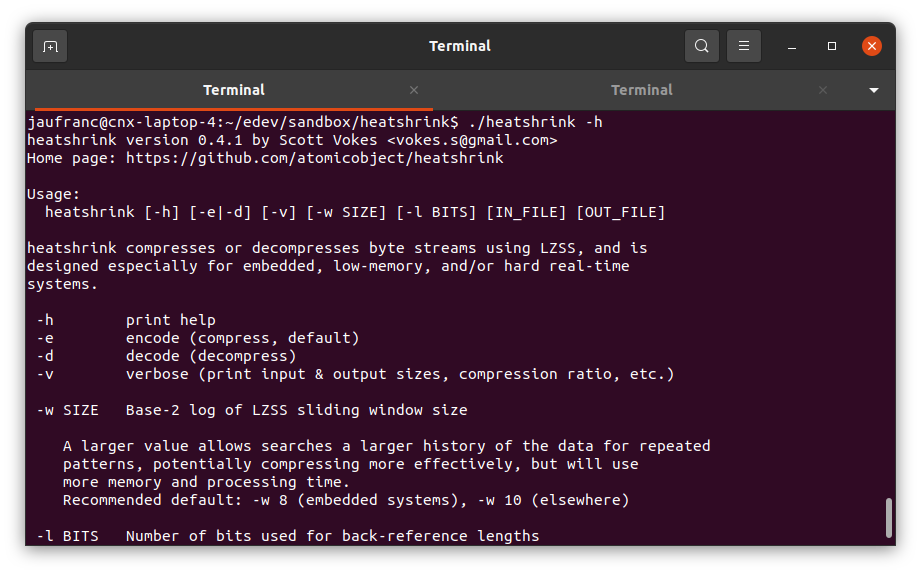We’ve written several articles detailing methods to flash firmware to Rockchip devices in Windows or Linux over the years, with tools like RKAndroidTool, RkFlashKit, upgrade_tool, or the open-source rkdeveloptool utility. This is mostly useful to flash another OS or if the device does not boot, as most products will now support OTA firmware updates. But following my review of Zidoo M6 with Android 11, I’ve now got a Linux image for the Rockchip RK3566 mini PC, so let’s revisit the firmware flashing methods in 2021. Zidoo sent me instructions for Windows, but since I’m a Ubuntu user, I flashed the firmware with the Linux tools used by Firefly. The same methods should work for the older processors such as RK3066, RK3288, and RK3399, besides the more recent Rockchip RK3566 and RK3568 processors. How to flash Rockchip firmware in Linux [Important update: If your device comes with both eMMC flash and […]
My experience installing Libero SoC in Ubuntu and Windows 10
A few weeks ago, I received Microchip PolarFire SoC FPGA Icicle Kit with FPGA fabric and hard RISC-V cores capable of handling Linux. I wrote “Getting Started with Yocto Linux BSP” tutorial for the board, and I had initially titled the current post “Getting Started with FPGA development using Libero SoC and Polarfire FPGA SoC”. I assumed I would write one or two paragraphs about the installation process, and then show how to work with Libero SoC Design Suite to create an FPGA bitstream. But instead, I spent countless hours trying to install the development tools. So I’ll report my experience to let readers avoid some of the pitfalls, and hopefully save time. (Failing to) Install Libero SoC v2021.v2 on Ubuntu 20.04 If we go to the download page, we’ll see Libero SoC v2021.2 for Windows and Libero SoC v2021.2 for Linux. Since my computer is running Ubuntu 20.04, I decided […]
How to upgrade a mini PC to Windows 11 and install WSL
In this short article, I show how to install Windows Subsystem for Linux (WSL) and how to force the upgrade of Windows 10 to Windows 11 in a mini PC rather than waiting for Windows to offer it. The reason I’ve coupled these two topics together is not because there is any dependency, but simply as I use WSL to help me perform administrative tasks like downloading and copying files when installing applications on Windows mini PCs. WSL installation Installing WSL has recently become so simple it is worth doing just to gain the flexibility it offers for so little effort. Now you only need to open ‘Windows Terminal (Admin)’ and enter wsl –install: then reboot for Ubuntu to start installing, during which you will be asked to create your user with a password, which finishes in Ubuntu: Further information about installing WSL can be found in Microsoft’s documentation. Now […]
Windows Subsystem for Android introduced on Windows 11
Following up on the company’s Windows Subsystem for Linux, Microsoft has now introduced the Windows Subsystem for Android that allows Windows 11 users to install Android apps either through the Amazon Appstore or the Microsoft Store. At this time, it is officially reserved for Windows Insiders part of the Beta Channel in the United States on eligible devices running Intel, AMD, and Qualcomm platforms, and at this time 50 apps are available with mobile games such as Lords Mobile, June’s Journey, or Coin Master, the Kindle app for reading books, and kids content that includes Khan Academy Kids and Lego Duply World. More apps are obviously planned, and as I’ll see later there are ways for any Windows 11 users to install Android apps. The Windows Subsystem for Android (WSA) is not installed by default, but it will be automatically installed if you either install the Amazon Appstore, the Amazon […]
Beelink SER3 Review – A good AMD Ryzen 7 mini PC… after tweaks
Beelink has just launched a new mini PC called the SER3. It is another ‘new’ mini PC using an older CPU, in this case, an AMD mobile processor. However, the performance is surprisingly good once a few tweaks are made to the stock configuration. Beelink kindly sent one for review and I’ve looked at performance running both Windows and Ubuntu together with using an eGPU. Hardware Overview The SER3 physically consists of a 126 x 113 x 40mm (4.96 x 4.45 x 1.57 inches) square metal case. As an actively cooled mini PC, it uses AMD’s older 12 nm Zen+ Ryzen 7 3750H Picasso processor which is a quad-core 8-thread 2.3 GHz mobile processor boosting to 4.0 GHz with Radeon RX Vega 10 Graphics. The front panel has an illuminated power button, dual USB 3.0 ports, a Type-C USB 3.0 port with Alternate Mode, a 3.5mm headphone jack, and a […]
How to fix “The device isn’t Play Protect certified” error message in Android
I’m currently testing Zidoo M6 with Android 11. The mini PC is mostly designed for industrial and commercial use cases, so it may not need to be certified by Google in order to access Google apps and services like a consumer device. But for review purposes, it can still be an inconvenience, as I got the message “The device isn’t Play Protect certified – Google apps and services can’t run on this device” when trying to use Google Play and login with one of my Google accounts. This does not look good, and Chrome, a Google app, refuses to work as well. I still tried to log in, but it just failed, returning an error telling me: “Your account wasn’t added. Try again”. That would mean I’d have to download the apps on my PC and sideload them with a USB flash drive. That’s not practical, and there’s must be […]
Getting Started with the Yocto Linux BSP for Polarfire SoC FPGA Icicle Kit
Last month I received Microchip PolarFire SoC FPGA Icicle development kit that features PolarFire SoC FPGA with a Penta–core 64-bit RISC-V CPU subsystem and an FPGA with 254K LE, and booted it into the pre-installed Linux operating systems based on OpenEmbedded. Today, I’ll show how to get started with the Yocto BSP and run the EEMBC CoreMark benchmark, and I’ll check out the FPGA with Libero SoC Design Suite in a couple of weeks. Operating Systems supported by PolarFire SoC FPGA My initial idea was to focus this part of the review on Linux on RISC-V status, checking some system information, running some benchmarks (e.g. SBC-Bench), compiling the Linux kernel, and installing services like a LEMP stack (Linux, Nginx (pronounced Engine-X), MySQL, PHP) which could be used for WordPress hosting for instance. But then I looked at the operating systems supported with Microchip PolarFire SoC FPGA. There’s a Yocto Linux […]
Heatshrink – An ultra-lightweight compression library for embedded systems
When I wrote about Bangle.js 2 JavaScript smartwatch yesterday, I noticed they used “Heatshrink compression” in ESPruino firmware. I can’t remember ever reading about Heatshrink before, and indeed there are no results while searching on CNX Software. Heatshrink is an open-source data compression library designed for resources-constrained embedded systems that works with as little as 50 bytes of RAM. That’s impressive, so let’s investigate. The library is written in C language and was released about 8 years ago on Github with the following key features: Low memory usage – As low as 50 bytes with specific parameters, and usually under 300 bytes are needed. Incremental, bounded CPU use – Input data is processed in tiny bites Static or dynamic memory allocation Released under an ISC license which allows you to use the library freely, even in commercial products. The internal workings of the library are explained as follows: Heatshrink is […]


